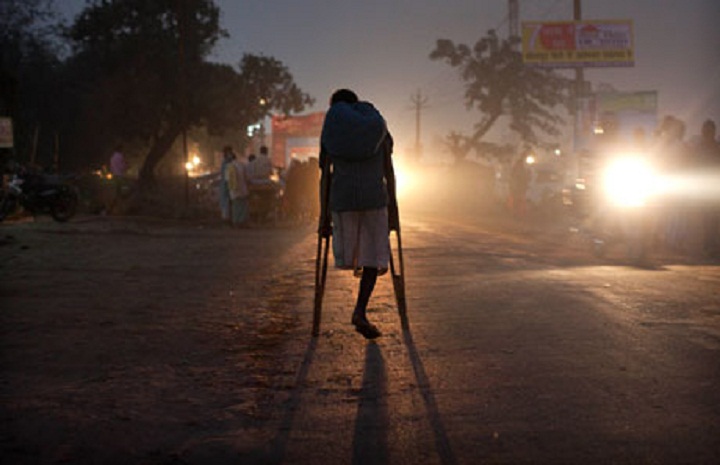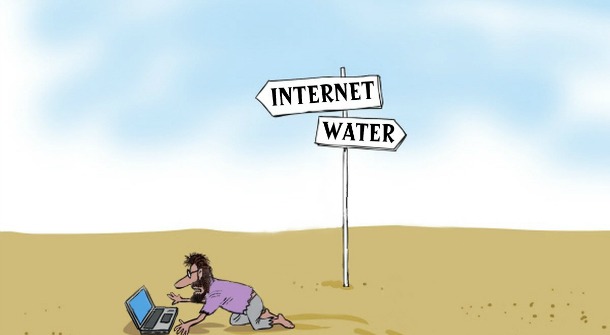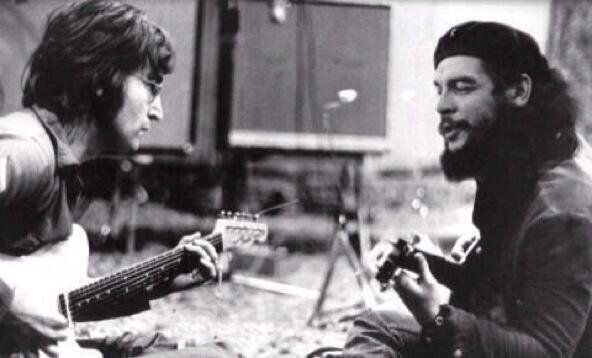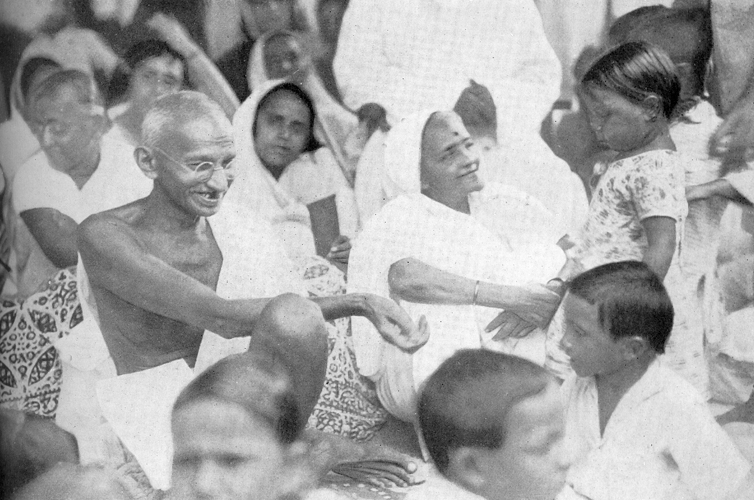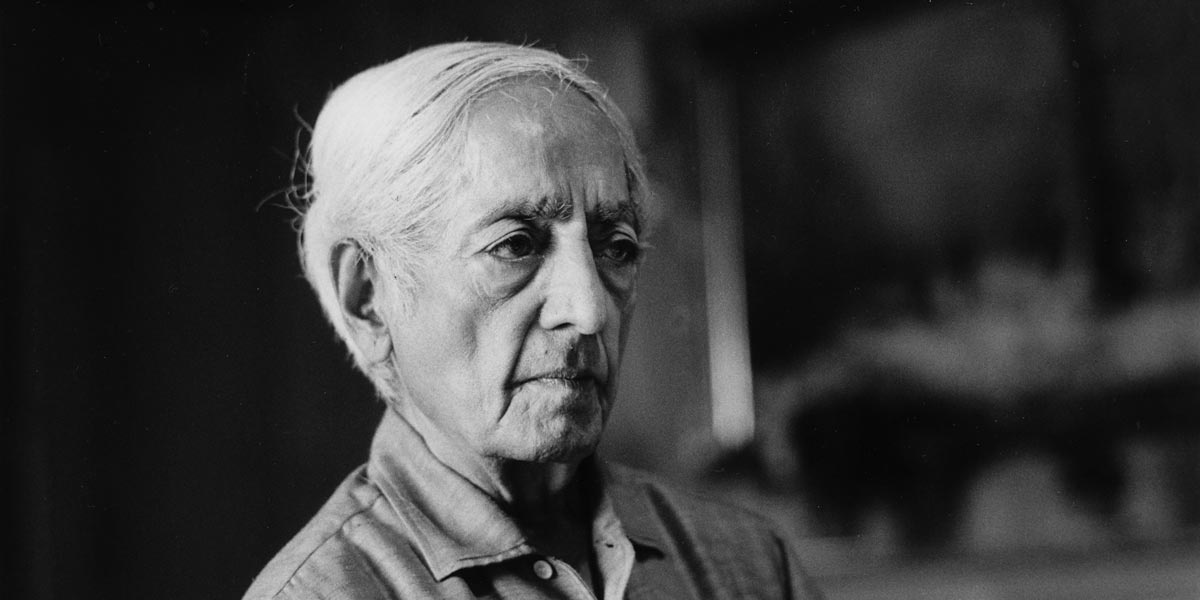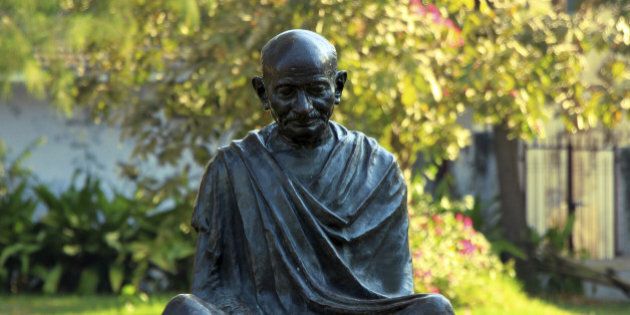We are living in times that are at paradoxical and unique at the same moment. On one hand, we are seeing how in war-torn Yemen thousands of people are suffering with malnutrition amidst the atrocities and pathetic life conditions, in countries like Myanmar how the entire Rohingya population is seen as a people who are unwanted and thus treated ruthlessly in refugee camps across the border, in countries like Australia and America there is widespread racial intolerance and hatred towards people who belong to the non-white communities.
This implies that we are living in times where there is intolerance, there is exploitation and marginalisation and a constant difficulty in accepting all that is different. Yet amidst this rigid situation we are also witnessing that in our times a great degree of acceptance of others’ is also taking place. Areas of difference and diversity that were not accepted or allowed to flourish only a few decades ago or there was large scale insensitivity to these differences are now starting to find their place in society.
When we said that these are paradoxical times, this contradiction is what we were referring to. One of the many things that society is becoming more accepting of is the realm of the disabled persons. From city infrastructure, the way that washrooms in restaurants and airports and designed, a stress on low floor buses and disabled friendly public transport, the wide array of scientific innovations that aid the disabled in all sorts of daily chores and the growing awareness among the larger community about their needs- we are indeed moving towards a milieu that is more accepting and conducive to the needs of the differently abled.
As the world is celebrating its Disability Day, let us spare a moment to reflect on the lives of those who live on the societal margins and lead a life among all sorts of difficulties and hardships. We have all known people who are deaf, blind and mentally challenged but seldom do we know how to enable them in their daily tasks without hurting their self-respect and making them feel that they are less to us. We are either there pitying the disabled or standing there wanting to help but clueless about how to do so. Moreover, it is impossible or difficult for us to imagine what a disabled person has to go through when he/she ventures outside- in offices, the public transportation, in jam packed roads and amidst people who don’t care.
The widespread discrimination and injustice that continues to be practiced has often gone unquestioned and this has meant that many stories of unhappiness anguish continue to remain untold. People with disabilities are considered as the largest minority in the world, albeit an invisible one. It is estimated that 15% of the world’s population lives with disability. In India 100 million people have disability (census 2011). Why is it that despite such a large population, we seldom see them in the public?
A UN study reported that 2.9 million children with disabilities in India, 34% do not attend school. If we look at the Census 2011
We will see that 1.2 million disabled persons have studied till graduation. Out of the 13.4 million people with disabilities under the employable age of 15-59 years,9.9 million(73.4%) are either not working or employed as marginal workers. The figures that have been stated above require no explanation, because they are an evidence of the reality that the disabled in India continue to be marginalised and ill-treated.
What makes the matters worse off is the fact that on top of disability, other factors like gender and caste lead to further discrimination and oppression. It is ironic that far from creating a social milieu where the disabled are seen with respect and are accommodated in the economic production, we are living in times where we continue to push them to the margins. It cannot be denied that in the past many decades several new programs have been made at the policy basis to make the lives of the disabled better but ironically they have resulted in abysmal concrete transformation. What we cannot deny is that a sense of self-respect and independence will only come about, if there is a guarantee of employment but for the large section of the disabled, this isn’t true. This in turn is linked to the employable skill sets that are acquired through formal education and training. Neither getting educated nor attaining the skills is possible in an environment that does not treat the disabled with care. Sadly, in spite of the government’s flagship programme Accessible India Campaign, less than 3% of the public buildings are disabled friendly.
The government had also passed the Rights of Persons with Disability Act (2016) that expanded the definition of disability and made it include 21 new conditions from the earlier seven. The law requires that all public spaces and buildings be made disability friendly within two years of the execution of this law. It also makes it mandatory for any building to be approved that it be disabled friendly and the law encourages that all information in the public domain be made available for the disabled in audio, print and electronic media. The law makes it an urgent need to make buildings disabled friendly, to have public content available in diverse disabled friendly mediums and to make sure that every domain of public life is sensitive to their needs.
Moreover, it mandates all educational institutions to admit students with disabilities and employment in government sector to give 4% reservation to the disabled persons. These are indeed mandates which if implemented in time would have been of great help in transforming the way that the country behaves with its disabled. With low allocation of funds for the implementation of the mandates and a poorly designed public will to make concrete changes in the lives of the disabled, much of the law exists only on paper. At the societal level we must strive towards inclusion and enabling the disabled persons. Social stigma and discrimination have to be replaced with dignity and empowerment. The disabled have as much contribution in building the nation, as does any other community.

